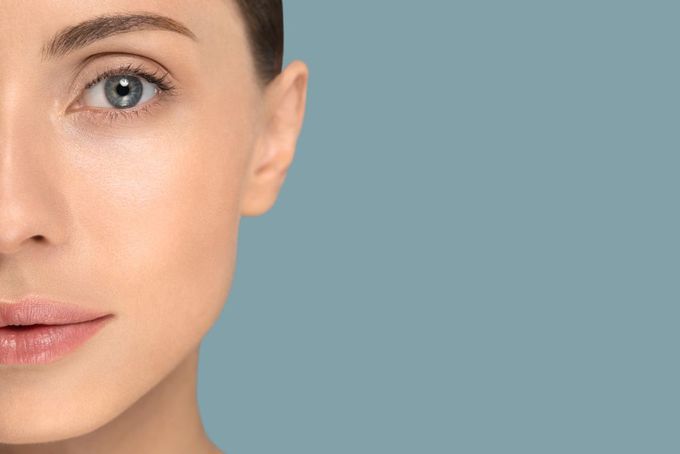Sunlight & Ovulation, What's The Link?
Updated August 12, 2025

Those of us in the Northern Hemisphere have likely noticed by now our days are getting longer again! As we move away from the winter solstice and into spring and then summer, the days will lengthen. But did you know the changing of seasons may be noticeable in your cycles as well? That's because bodies operate on a circadian rhythm.
What Is the Circadian Rhythm?
The circadian rhythm is a natural, internal process based on the 24-hour light cycle the sun creates. It comes from the Latin phrase "circa dies" which translates to "about a day." While many living things experience a circadian rhythm, we're going to specifically focus on the circadian rhythm affects us as humans. Its primary goal is to help mental and physical bodily systems stay in sync with each other. This rhythm influences (most notably):
- Sleep pattern
- Hormonal health
- Metabolism
- Immune system
It's one of the most important parts of your body's regulatory system, so making sure your circadian rhythm is properly aligned makes all the difference.
How Does It Work?
When light is detected by your retinas, the retinas send signals to the circadian oscillator in your brain. There, the hypothalamus receives the signal and communicates with other areas of the body.
The most obvious part affected is the pineal gland. When the pineal gland receives a message that light is decreasing, it begins to produce a hormone called melatonin.
Melatonin creates a drowsy feeling that lets us know it’s time for bed. Later, when the pineal gland gets the message environmental light is increasing, it suppresses melatonin, causing us to wake up.
How Does It Link To Our Hormones?
But it gets a little bit more complex when we are thinking about the reproductive system. Ovaries and testes also contain a circadian oscillator.
Those circadian oscillators control Follicle Stimulating Hormone (FSH) and Luteinizing Hormone (LH). FSH stimulates the maturation of sex cells, which then produce testosterone or estrogen. LH provides the push our bodies need to release those sex cells (i.e. ovulation).
What's The Implication For Fertility?
One study showed 45 minutes of daily, direct exposure to morning sunlight during the follicular phase (pre-ovulation phase) increased FSH and LH (both crucial for ovulation to occur).
Most of us have a disrupted circadian rhythm. The most common reason for that these days is exposure to artificial light (hello screen time), especially when it's naturally dark outside. But the circadian rhythm can also be disrupted by jet lag, working overnights, or an impaired sleep schedule (meaning you are getting less than 7 hours of sleep per night).
All of these disruptions can cause impairment in:
- Cognitive function
- Memory
- Energy
- Mood
- Stress
- Metabolism
- Blood sugar
- Hormone production
That's a whole lot of things! Not everyone will notice changes in all areas based on a disrupted circadian rhythm, but if it remains disrupted over time, the likelihood of seeing more and more symptoms grows.
How Do I Reset My Circadian Rhythm?
The best way to reset your circadian rhythm is to work on your sleep hygiene - or the habits you have around sleeping. Here are some suggestions:
- Aim to go to bed and wake up near the same time each day. Try not to oversleep on weekends, as tempting as it is!
- Try to get 7-9 hours of sleep per night. The amount you will feel best with may be different than the amount someone else feels best with. Tempdrop can help you track how much sleep you're getting with the premium sleep features!
- If possible, limit your exposure to screens after sunset. If that’s not possible, look into getting a pair of quality blue-light blocking glasses.
- Try waking early and getting exposure to morning sunlight.
- Aim for a minimum of 30-60 minutes per day of exposure to sunlight. If you live somewhere very overcast (for example, I'm in the Pacific Northwest), you could consider using a UV light.
Making lasting changes often means making incremental changes, so pick one sleep habit to start with and slowly build up to having stellar sleep hygiene! As you do, you should notice other things in your life - including your cycle - changing for the better too.





